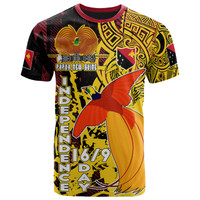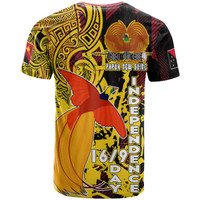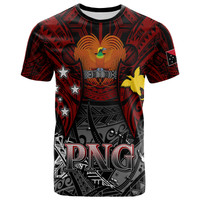10 Fun Facts About Fijian Culture
Posted by Maris on 23rd Jan 2024
Island lore holds that the arrival of Chief Lutunasobasoba, the "Box of Blessings," and his adherents on Fiji marked the beginning of the country's history. Scholars believe that the first inhabitants of Fiji originated more than three millennia ago, when Polynesians arrived on the island from Southeast Asia via the Malay Peninsula. However, the Melanesians eventually overran and subjugated Fiji in 1500 BCE. Currently, Fijians, who are descended from Melanesians and Polynesians, have established a deliciously distinctive, hospitable, and fascinating society that draws travelers from all over the world.
1, Fijian village women play veicaqe moli, or "kick the orange," on New Year's Eve every year. In this team game, losing players must receive new clothes as gifts from the victorious squad. It makes sense to lose in this particular game!

2. Meals in Fiji are traditionally composed of relishes, starches, and drinks. Fijians refer to this dish as "real food," and it usually consists of a starchy component such as sweet potatoes, yams, manioc, or taro, along with occasionally bananas, almonds, and breadfruit. The "relishes" are usually seafood, meat, green vegetables, and fish, with water being the preferred beverage. You can also get hot tea laced with lemon leaves.
3. Almost everyone in Fiji speaks English. In the first grade, kids start learning English along with the local dialect, the traditional Fijian language, and occasionally Chinese or Hindi.
4. Four-pronged wooden forks, which were formerly an integral aspect of Fijian culture but are now only charming mementos of the country's cannibalistic history, are still available for purchase at village craft and souvenir shops.

5. Lovo, a feast of food cooked in an earthen pit and wrapped in banana or palm fronds, is a traditional Fijian dish. At the bottom of a lovo pit lined with extremely hot stones are pork, fish, and chicken. The meat is covered with root crop food, such as taro, cassava, and wild yam, and then the pit is filled with soil and cooked for around three hours.
6. A common myth in Fiji is that coconuts have eyes and will fall from their trees only when they see particular people. If someone gives you a coconut bomb, you should anticipate experiencing terrible luck for a few days. Be mindful of falling coconuts!

7. Giving gifts is ingrained in Fijian culture. It's customary to provide a lot of food as a gift at a community ceremony. Gifts of non-food items like bark cloth, kava, or priceless whale teeth are typically given in addition to food items like raw or cooked oxen, whole pigs, and turtles. Gift-giving and feasting are mostly connected to village marriages and religious celebrations.

8. The "people of the house," or leve ni vale, are the members of the houses of ethnic Fijians. These are members of the family who can enter any part of the house without restriction, share resources, and have meals together. A couple, married sons and their spouses and kids, single children, and potentially a widowed parent and grandchildren make up a normal household. It is not acceptable in Fijian culture for elderly persons to live alone. Nuclear families are more common in urban settings than they are in rural ones.
9. Sperm whale teeth are the most priceless present to offer at weddings, funerals, and significant ceremonies or festivals. Every time someone gives someone sperm whale teeth, a long, formal speech introducing the occasion and the participants is given beforehand.
10. For ceremonial and domestic uses, almost all Fij














